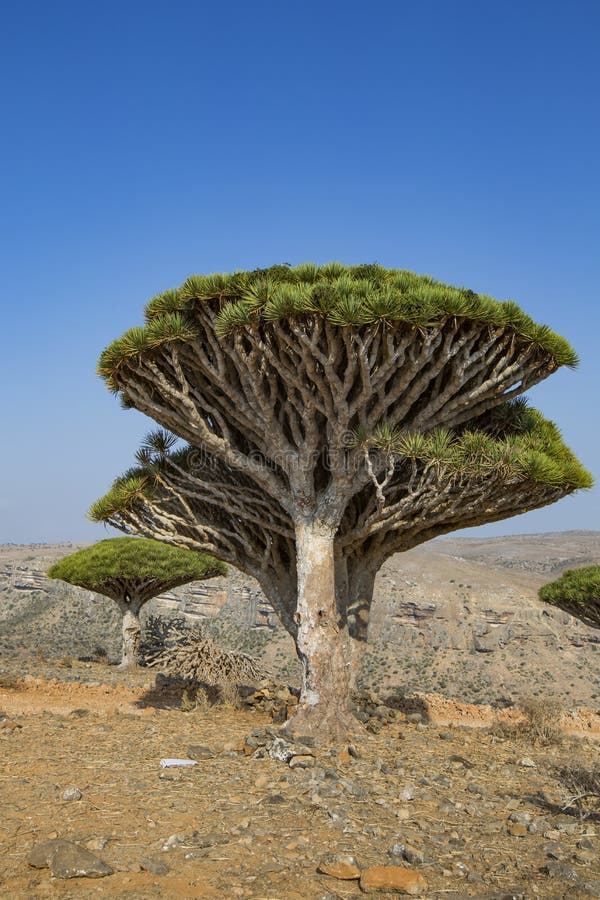

Note, this is not Kessel’s photo but mine unretouched, as are all the photos you see here.

You’re actually seeing it.” And so will you: And you’re not looking at a book or magazine. “The waters around Socotra,” Jonah says, “are like the colors you see in magazines, except the saturation slider hasn’t been jacked in Photoshop. It is here that Pulitzer Prize-winning photojournalist for the New York Times, Jonah Kessel, discovered a new color of crayon for Crayola – a unique shade of turquoise in the water of Socotra he named Socotri Cerulean. It’s a wonderful place to relax, have fun, tell jokes around the beach campfire, and camp here for the night. We call it the Million Star Hotel. You’ll have never seen so many.įrom an anchorage here we take a boat to a tiny isolated fishing village called Shaub. The Soviets colonized South Yemen and had a military base here during the Cold War. The tanks on the beach remain a monument to their losing it.Ĭontinuing on a track to the island’s northwest corner, we reach Qalansiyah, Socotra’s most breathtakingly beautiful beach, and the adjacent Detwah Lagoon… Traversing the north coast back to Hadibo, we come upon a startling sight – rusting Soviet tanks on the beach. Who could resist a swim here, especially as you and your friends have it all to yourselves? We hike to a natural rock pool high above the sea dubbed by visitors as the Homhil Infinity Pool. Then drive up to the Homhil Plateau laden with bottle and dragon’s blood trees. We’ve crossed the island to the south coast to frolic among the white sand dunes of Hayf and Zahek… We drop off the plateau and down into the yawning chasm of Wadi Derhur, where at the bottom we find palm oases and clear natural pools…Ĭlimbing out of Wadi Derhur, we see more bottle trees than we can count… And yes, the resin is red – dragon’s blood red… You just can’t help being entranced with these trees. Ever seen a tree like this? I know you’ve heard of it…

You fly in, stay one night at the passable Summerland Motel, then camp overnight as you explore the island by 4WD jeep. There’s only one town, Hadibo, and it’s a dump. Numbering some 40,000 today, the Soqotri live in small fishing villages on the coast or up in the highlands where they herd their goats and camels. Especially Soqotri ladies, whose DNA (the mitochondrial form inherited only through women) is found nowhere else on earth (R0a1a1 subclade). The indigenous people of Socotra – the Soqotri – have lived here for millennia. This long isolation enabled the spectacular and unique plant life. It’s incredibly ancient, once a part of the Gondwana supercontinent hundreds of millions of years old that broke off from Africa about 20 million years ago. Socotra (so-cot-rah is the size of Rhode Island or half the size of Luxembourg (1500 sq. It’s the World Heritage Site of the island of Socotra, the “Galapagos of the Indian Ocean,” 240 miles off the coast of Yemen to which it belongs. Anybody who comes here returns saying, “You have to see it to believe it.” What is this place? Yet, the Dragon’s Blood Tree (named for its bright red resin that has medicinal properties) is only one of over 300 plant species that can be found here and nowhere else – like the Bottle Tree, Dorstenia gigas:Īnd the Cucumber Tree, Dendrosicyos socotranum (yes, it’s related to the pickles in your refrigerator):Īlthough it’s known as the most alien, strangest, weirdest, and bizarre place you can go to, it’s also completely safe and incredibly beautiful. It can be found in only one place on earth, a remote island called a Lost World for its uniqueness, the “most alien-looking place on our planet.” This is the Dragon’s Blood Tree, Dracaena cinnabari.


 0 kommentar(er)
0 kommentar(er)
